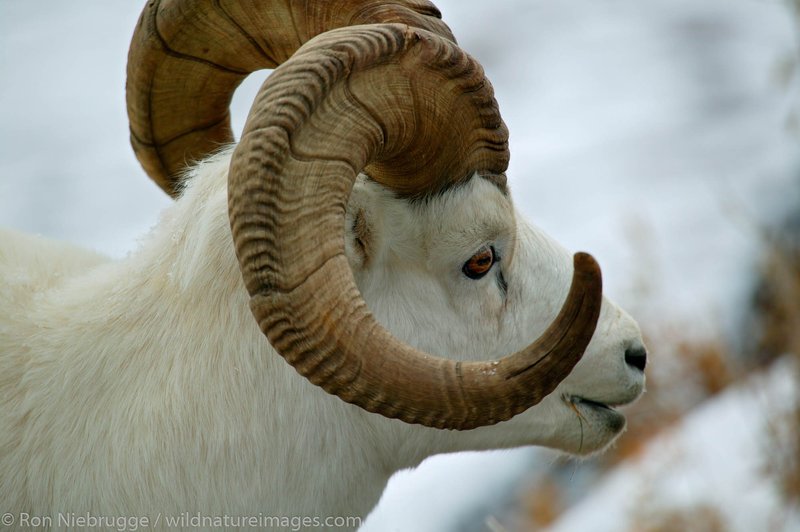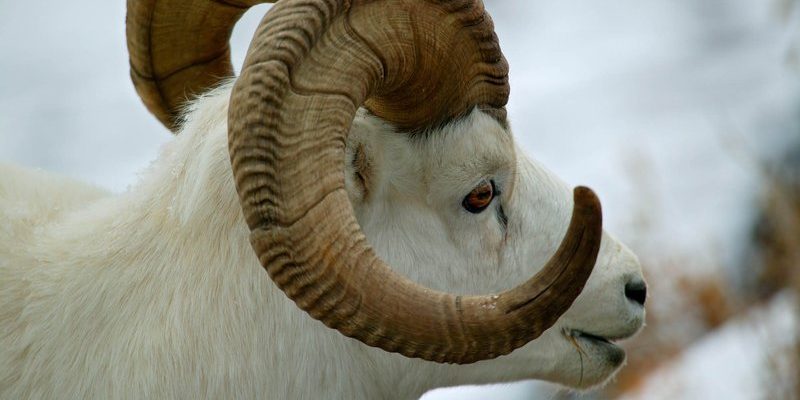
Imagine a remote wilderness, where every twist in the landscape tells a story of survival and adaptation. Dall sheep are not just beautiful; they are the result of millions of years of evolution, facing predators, harsh climates, and the constant struggle for food. Their evolutionary history is like a long, winding road, filled with hurdles and victories that have shaped them into the creatures we admire today. So, grab a cup of coffee, sit back, and let’s explore how the Dall sheep’s journey unfolds.
Origins of the Dall Sheep
The story of the Dall sheep begins in the icy terrains of North America, particularly in Alaska and northwestern Canada. They belong to the family Bovidae, which includes other sheep and goats. But how did they come to inhabit such frigid environments? Well, the *Ovis dalli* species, known as Dall sheep, evolved from their ancestors, branching out from a common lineage that adapted to mountainous regions. These early sheep developed unique skills for navigating rocky terrains and steep slopes, showcasing nature’s incredible knack for tailoring animals to their environments.
Dall sheep are often linked to other sheep species, like the bighorn sheep. However, what sets them apart is their specific adaptations to the cold, rugged landscapes they call home. Their thick wool coat acts as insulation against harsh winter temperatures, while their climbing ability allows them to escape predators and find food in areas unreachable by many other animals. Picture them perched effortlessly on rocky ledges—now that’s a testament to their evolutionary prowess!
Interestingly, the name “Dall” comes from the famous naturalist William Healey Dall, who first described them in the 19th century. This gives a sense of how closely tied these animals are to the exploration and understanding of North America’s natural history. As explorers ventured into the wild, they began to document the unique features and behaviors of the Dall sheep, paving the way for our understanding of their place in the ecosystem.
Adaptations to Harsh Environments
Now that we have a grasp on their origins, let’s talk about their adaptations. Dall sheep are like nature’s engineers, perfectly crafted for survival in challenging environments. Their evolution can be likened to fine-tuning a complicated instrument. Over generations, they’ve developed several key traits that help them thrive in the remote mountains:
- Thick Wool Coat: This acts like a cozy blanket, keeping them warm during the brutal winters. It insulates against freezing temperatures, allowing them to maintain their body heat.
- Expert Climbers: Dall sheep possess incredible agility. Their hooves are designed with a unique grip, enabling them to navigate steep, rocky slopes with ease. This ability helps them evade predators like wolves and mountain lions.
- Skeletal Structure: Their lightweight skeletons, paired with strong muscles, create a perfect blend for climbing and jumping. This structure is vital for accessing high altitudes where they find food.
- Social Behavior: Living in groups, known as herds, allows Dall sheep to protect each other. When one sheep senses danger, it alerts the rest—a great survival tactic in their unpredictable habitat.
These adaptations are not just fascinating; they represent the power of evolution. Dall sheep have fine-tuned their bodies over time, making them one of the most resilient species in North America.
Diet and Foraging Habits
You might wonder: what do Dall sheep eat to sustain their energy-filled lives in such harsh climates? Their diet consists primarily of grasses, sedges, and various shrubs and plants. Specifically, they graze on lush vegetation found in alpine meadows during the summer months. This is an essential period for them to stock up on nutrients.
During winter, however, their food sources become scarce. Dall sheep adapt by using their keen sense of smell to locate hidden vegetation beneath the snow. Isn’t that amazing? It’s like they have a secret map to their dinner! They dig through snow with their strong legs and hooves, uncovering edible plants that help them survive the cold months.
Interestingly, Dall sheep also exhibit selective foraging behavior, which means they choose specific plants that provide the most nutritional value. This selective process is crucial because it optimizes their energy intake, allowing them to sustain themselves through long winters when food is limited.
Moreover, the health of their ecosystem plays a significant role in their diet. As climate change affects plant growth patterns, it could impact Dall sheep’s foraging habits and overall survival. The balance of nature is delicate, and the Dall sheep are not immune to these changes.
Population and Conservation Status
As we delve deeper into the Dall sheep’s story, we encounter another crucial aspect: their population and conservation status. These sheep are primarily found in remote, mountainous regions, which makes them relatively isolated. While their population has fluctuated over the years due to various factors, they currently hold a status of “Least Concern” on the IUCN Red List. This means they are not immediately threatened, but that doesn’t mean their future is guaranteed.
Several challenges face Dall sheep today. Climate change, habitat loss, and increased predation due to human activities pose significant threats. As their natural habitats are altered, the delicate balance that sustains their population can be disrupted. Conservation efforts are essential to ensure that these iconic animals continue to thrive in the wild.
Organizations actively engage in monitoring sheep populations, preserving their habitats, and educating the public about the importance of Dall sheep within the ecosystem. Protecting these magnificent creatures requires a collective effort, showcasing the deep connection we all share with nature.
Behavioral Traits and Social Structure
Dall sheep are fascinating not only because of their physical traits but also their intricate social behaviors. Living in herds provides a sense of security, and they often display interesting social structures within these groups. Males and females usually live separately outside of the breeding season, which can lead to some unique dynamics.
During the rutting season, which occurs in late November to early December, males engage in spectacular head-butting contests to establish dominance and attract mates. These displays aren’t just for show; they play a vital role in ensuring that the strongest genes are passed on to the next generation. Imagine a natural version of a competitive sport, where victory means the chance to breed!
Social hierarchy is also essential within their herds. Usually, the larger and older rams hold higher status, influencing mating opportunities. The relationships among Dall sheep can be compared to a tight-knit community where each member plays a role in ensuring the herd’s overall survival.
The social interactions don’t end there! Dall sheep communicate through various vocalizations, body language, and even subtle scent markings. This communication helps them maintain group cohesion and alert each other to potential dangers.
The evolutionary history of the Dall sheep is a captivating tale of resilience, adaptation, and survival against the odds. From their rocky beginnings in North America to their current status in the wild, these animals symbolize the incredible ability of life to adapt to harsh conditions. Like a well-trodden path in the mountains, their journey has been shaped by millions of years of evolution.
As we ponder the importance of Dall sheep in our ecosystem, it’s vital to remember that their future is interconnected with ours. By understanding their history and supporting conservation efforts, we can help ensure that these magnificent creatures continue to roam the mountains for generations to come. Their story reminds us of nature’s beauty and the responsibility we share in preserving it.

